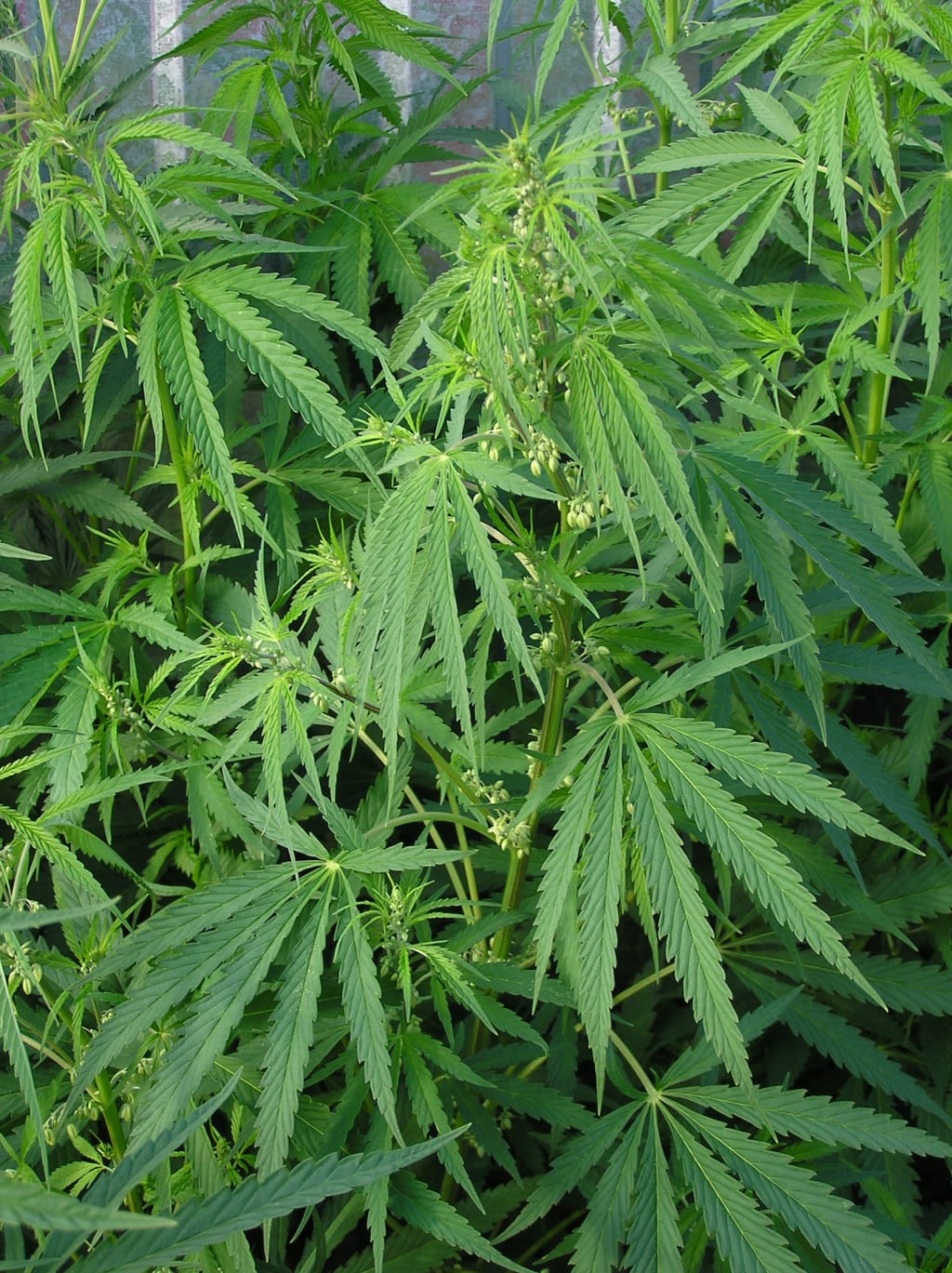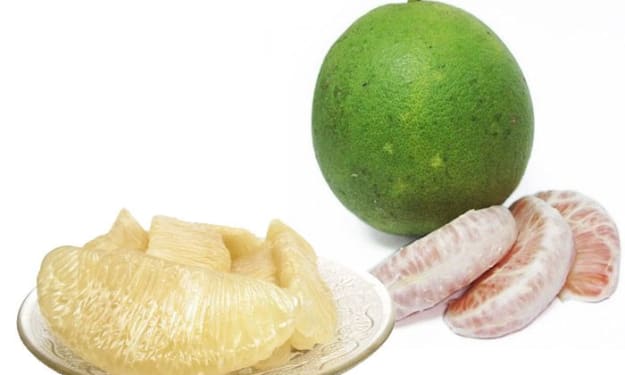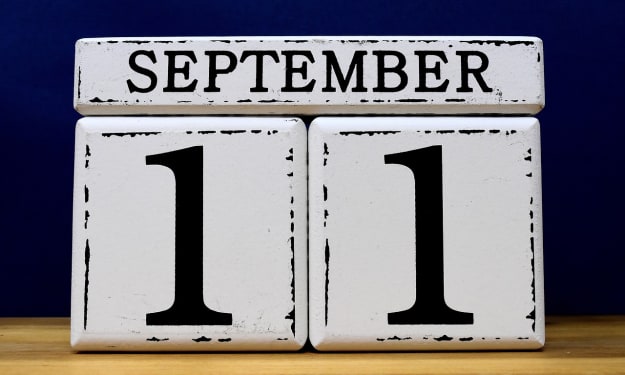Marijuana
The Pros and Cons of Getting High

Let’s dive into the fascinating science behind getting too high and how THC interacts with our brains and bodies:
The Endocannabinoid System (ECS):
Our bodies naturally have an intricate system called the endocannabinoid system (ECS).
The ECS consists of receptors scattered throughout our brains and bodies.
Imagine these receptors as tiny locks, and our body’s own natural cannabinoids (endocannabinoids) as the keys.
The ECS plays a crucial role in regulating various functions, including mood, appetite, sleep, and memory.
It’s like maintaining a delicate internal balance within our bodies.
Enter THC (Tetrahydrocannabinol):
THC, found in marijuana, is the star player responsible for the high.
When you consume cannabis, THC interacts with the ECS.
It doesn’t just tickle your funny bone; it rewires the whole system.
THC affects perception, mood, and cognition in fascinating ways.
The Munchies and Time Distortion:
Why does your brain suddenly crave a whole pizza when you’re high? THC messes with appetite hormones.
And time? THC can make minutes feel like hours or warp your sense of time.
It’s like a mind-bending rollercoaster ride inside your brain!
Remember, our bodies are wired to interact with substances like THC, and understanding this intricate dance sheds light on the wild experience of getting too high.
THC and Brain Receptors: A Molecular Copycat
THC, the main psychoactive ingredient in marijuana, behaves like a molecular copycat. Its structure closely resembles our body’s own endocannabinoids—the natural chemicals that interact with the endocannabinoid system we discussed earlier. This sneaky similarity allows THC to deceive our brain’s receptors. Instead of a gentle interaction, it’s more like a stampede. THC floods the receptors, sending signals that are far more intense than our bodies are accustomed to. This overstimulation disrupts our delicately balanced systems.
Imagine these receptors as volume knobs that typically operate on a scale of 1 to 10. THC cranks those knobs way past 10, blasting signals that our brains simply aren’t designed to handle. The result? The wide range of effects we associate with being high. It’s not just about euphoria; it’s also about disrupting the brain’s normal communication in areas that control everything from memory to decision-making. The amount of THC matters too. A little might subtly turn up the volume, while a lot is a full-on sensory overload for our internal systems. Hence, the experience of being high can vary significantly depending on the dose.
The Brain’s Complex Areas Affected by THC
Now, let’s explore the main brain areas that THC messes with. First, the hippocampus. Picture your hippocampus as your brain’s personal librarian—it files away new information and helps you recall details later. When THC enters the scene, it throws a wild party in the library!
The amygdala, often referred to as the brain’s emotional alarm system, plays a crucial role in regulating anxiety and the fight-or-flight response. When THC enters the picture, it fiddles with the sensitivity dial, making the amygdala hyperactive. As a result, it sometimes misreads harmless situations as danger zones.
Interestingly, THC can have varying effects on different individuals. While some people initially experience relaxation and well-being, others may suddenly feel unease or paranoia. The amygdala’s role in this phenomenon is significant. Factors like predisposition to anxiety, THC dosage, and the setting all influence how the amygdala reacts.
Moreover, the amygdala is central to our perception of social cues. THC can distort this perception, leading to situations where a casual glance from a stranger feels menacing or a harmless joke is misinterpreted as an insult.
Imagine books flying off shelves and index cards scattered everywhere – that’s what happens to your short-term memory when you’re high. If you’re a tad too high, good luck remembering what was said two minutes ago. The hippocampus, critical for making new memories that stick, is affected by THC. It’s like hitting “save as…” and accidentally deleting the file. That awesome song idea you had while high? Poof, gone by morning. THC also messes with our brain’s GPS – suddenly, familiar streets seem confusing, or you’re blank on where you parked the car. It’s not just forgetfulness; it’s getting lost in your own neighborhood. And let’s not forget time: when high, minutes can feel like hours, or a whole evening can fly by in a flash.
Next, let’s delve into another neurotransmitter affected by THC: glutamate. Glutamate is the brain’s primary workhorse, exciting neurons and triggering signals. It plays a crucial role in learning, memory, and overall brain function. However, when THC enters the scene, it leads to an overproduction of glutamate, throwing the brain into overdrive. Suddenly, thoughts race, and your senses feel heightened—sometimes resulting in anxiety due to this hyperactivity.
While glutamate surges, the inhibitory neurotransmitter GABA takes a break. GABA is the yin to glutamate’s yang. It acts as the brain’s calming force, responsible for reducing anxiety and promoting relaxation. Think of GABA as the brakes on a speeding car. Unfortunately, THC sabotages GABA’s ability to do its job effectively. This disruption explains why unwinding or quieting racing thoughts can be challenging when you’re too high.
"THC and Brain Receptors: A Molecular Copycat
THC, the main psychoactive ingredient in marijuana, behaves like a molecular copycat. Its structure closely resembles our body’s own endocannabinoids—the natural chemicals that interact with the endocannabinoid system we discussed earlier. This sneaky similarity allows THC to deceive our brain’s receptors. Instead of a gentle interaction, it’s more like a stampede. THC floods the receptors, sending signals that are far more intense than our bodies are accustomed to. This overstimulation disrupts our delicately balanced systems.
Imagine these receptors as volume knobs that typically operate on a scale of 1 to 10. THC cranks those knobs way past 10, blasting signals that our brains simply aren’t designed to handle. The result? The wide range of effects we associate with being high. It’s not just about euphoria; it’s also about disrupting the brain’s normal communication in areas that control everything from memory to decision-making. The amount of THC matters too. A little might subtly turn up the volume, while a lot is a full-on sensory overload for our internal systems. Hence, the experience of being high can vary significantly depending on the dose.
The Brain’s Complex Areas Affected by THC
Now, let’s explore the main brain areas that THC messes with. First, the hippocampus. Picture your hippocampus as your brain’s personal librarian—it files away new information and helps you recall details later. When THC enters the scene, it throws a wild party in the library!
Alright, so we’ve talked about the hippocampus. Now, let’s shift our attention to another part of the brain that THC affects: the prefrontal cortex. Imagine your prefrontal cortex as the wise CEO of your brain. It’s the executive decision-maker, responsible for planning, reasoning, and that little voice telling you, “Maybe eating a whole tub of ice cream isn’t the best idea.” Well, THC stages a hostile takeover in the boardroom! Suddenly, impulses rule, and good judgment takes a vacation. That sudden feeling of invincibility when high? That’s your prefrontal cortex taking a nap. Decisions that would normally make you pause—like texting an ex or taking a dare—may seem strangely appealing. THC weakens the brakes on risky behavior that your sober brain would stop.
The prefrontal cortex is also like a super-fast processor, juggling multiple thoughts at once. THC throws a wrench in the works. Complex tasks, like following a conversation or reacting quickly, become way harder. Suddenly, even simple choices can feel overwhelming. Here’s a tricky one: some people swear getting high unlocks their creativity. While THC can loosen up inhibitions, if used in excess, it can actually muddle focus and working memory—key parts of actually bringing those creative ideas to life. (Maybe that mind-blowing song you wrote while high just sounded good at the time!)"
THC, the psychoactive ingredient in marijuana, acts as a molecular copycat. It mimics our endocannabinoids but in a much stronger, less regulated way. When we get high, THC floods those receptors and throws the entire finely-tuned endocannabinoid system out of whack. This disruption is why marijuana can have such wide-ranging effects on the brain and body. It’s not about creating something new; rather, it takes our existing internal systems and cranks them up to overdrive or sometimes shuts them down altogether.
Understanding the endocannabinoid system is crucial to comprehending why getting high is more than just a feeling—it’s a full-on chemical hijacking with a whole range of consequences. Now that we’ve laid this biological foundation, let’s dive into how THC directly targets specific brain regions. Here’s where things get really interesting…
Let’s explore the fascinating world of edibles:
When you consume something infused with THC, like an edible, buckle up! Unlike smoking, where THC hits your bloodstream quickly, edibles take a longer route through your digestive system. As a result, there’s usually a delay before you feel anything – and then, bam! Everything kicks in at once, often much stronger.
But wait, there’s more! Your liver processes THC from edibles differently, creating a more potent chemical that lingers in your system. No wonder many rookie edible experiences end with unexpected highs! 🚀
Here’s the key takeaway: start low and go slow when dosing with weed, especially if you’re a beginner. Pay attention to how your body reacts – it’s unique for everyone. And remember, there’s no one-size-fits-all “normal” high. Prioritize safety and know your limits.
Now, let’s dive into the weirdness that occurs when you’re too high – not just in your mind, but throughout your entire body!
First up, the munchies. Ever get high and suddenly feel like you could devour a whole pizza… or two… plus dessert? That's not just willpower failing – THC goes haywire with your appetite hormones. It flips the "I'm full" switch off and tricks your brain into starvation mode, even if you just ate. No wonder those chips suddenly seem irresistible! Then, there are those bloodshot, red eyes... the classic giveaway you've been hanging out with Mary Jane. Why does this happen? THC lowers blood pressure and dilates blood vessels in the eyes, making them appear redder. It can also dry your eyes out, adding to the irritation. Pro tip: eyedrops are your friend!
THC is also like a prankster messing with your body's GPS. Coordination can become quite difficult under the effects of too much weed. Suddenly, walking in a straight line seems hard, and catching a ball feels impossible. Your reaction times slow down, and your sense of balance gets wonky. This is why attempting anything even slightly athletic while high is generally a recipe for clumsy disaster… best captured on video for later laughs, of course!
Indicas are well-known for their calming, relaxing effects, while Sativas often provide a more invigorating and energizing experience. The specific chemical composition of each strain plays a significant role in determining its effects. Additionally, individual differences in how our bodies process THC contribute to varying reactions. Genetics also influence how we respond to cannabis, similar to how some people can handle alcohol better than others. Moreover, tolerance builds over time, meaning frequent users may require higher doses to achieve the same impact. Finally, the setting and mindset significantly influence the overall experience—getting high in a relaxed social setting with friends differs greatly from doing so before a stressful job interview.
THC and Neurotransmitters: A Complex Interaction
Now, it’s not just about brain regions. THC also targets neurotransmitters—the messengers between brain cells. It boosts dopamine—that “feel good” chemical—hence the euphoria. But it messes with others, too, affecting everything from how we perceive time to how sensitive we are to sounds.
The Brain’s Communication Network
Picture your brain as a vast communication network. Neurotransmitters are the chemical couriers carrying vital messages between brain cells. When THC enters the picture, it throws this entire system into disarray, causing misfires and mayhem.
Dopamine and the High
Dopamine is the neurotransmitter associated with reward and motivation. When we experience something pleasurable, dopamine levels surge, giving us that sense of satisfaction. THC artificially boosts dopamine way beyond normal levels, creating the intense euphoria associated with being high. However, this also means the “crash” can be severe, leaving you feeling depleted and low when the effects wear off.
Long-Term Effects
With long-term THC use, the dopamine system can actually become blunted.
Cognition and Brain Function:
Heavy, long-term cannabis use can impact midlife cognition. Research has shown that individuals who use cannabis long-term (for several years or more) and heavily (at least weekly, with some using it more than four times a week) exhibit impairments across several cognitive domains.
IQ decline: Long-term cannabis users’ IQs declined by an average of 5.5 points from childhood.
Learning and processing speed deficits: These users also showed deficits in learning and processing speed compared to non-users.
Memory and attention problems: People who knew these long-term cannabis users well observed that they had developed memory and attention problems.
Smaller hippocampi: The hippocampus, responsible for learning and memory, was smaller in long-term cannabis users.
Interestingly, individuals who used cannabis less than once a week without developing dependence did not experience these cognitive deficits, suggesting a range of recreational use that may not lead to long-term issues1.
Mental Health Impacts:
Anxiety and depression: Chronic cannabis use increases the risk of developing longer-term anxiety or depression for some individuals.
Schizophrenia risk: If you’re predisposed to mental illnesses like schizophrenia, frequent marijuana use can potentially trigger these conditions.
While not everyone is affected, understanding these potential long-term impacts is essential, especially for young people.
Myth #1: Weed is Harmless:
While marijuana is less likely to cause a fatal overdose compared to some other drugs, it’s not without risks.
Getting too high can lead to accidents, poor judgment, anxiety, or paranoia.
Long-term effects, especially on developing brains, are still being studied, but research suggests potential impacts on memory, learning, and IQ.
Myth #2: You Can’t Get Addicted to Marijuana:
Although marijuana’s addictive potential is lower than opioids or nicotine, addiction is a real risk.
Roughly 9% of users become dependent, and this risk increases for those who start during adolescence.
Addiction involves withdrawal symptoms, continued use despite negative consequences, and loss of control.
Myth #3: Marijuana Is a “Gateway Drug”:
Most marijuana users won’t progress to harder drugs, but research shows a correlation.
Starting with marijuana, especially during adolescence, increases the likelihood of experimenting with other substances later.
Myth #4: Driving High Is No Big Deal:
Absolutely wrong! THC impairs coordination, judgment, and reaction time.
Studies consistently show that driving under the influence of marijuana is unsafe.
Myth #5: CBD Is Just Like THC:
CBD (cannabidiol) is distinct from THC and doesn’t produce the “high.”
CBD has potential therapeutic benefits for anxiety, pain, and epilepsy.
Remember, myths evolve, and staying informed is crucial. Seek reliable sources backed by scientific studies. And while THC has downsides, there’s ongoing research into its medical benefits.
Let’s explore the fascinating science behind getting too high and how THC interacts with our brains and bodies:
The Endocannabinoid System (ECS):
Our bodies naturally have an intricate system called the endocannabinoid system (ECS).
The ECS consists of receptors scattered throughout our brains and bodies.
Imagine these receptors as tiny locks, and our body’s own natural cannabinoids (endocannabinoids) as the keys.
The ECS plays a crucial role in regulating various functions, including mood, appetite, sleep, and memory.
It’s like maintaining a delicate internal balance within our bodies1.
Enter THC (Tetrahydrocannabinol):
THC, found in marijuana, is the star player responsible for the high.
When you consume cannabis, THC interacts with the ECS.
It doesn’t just tickle your funny bone; it rewires the whole system.
THC affects perception, mood, and cognition in fascinating ways.
The Munchies and Time Distortion:
Why does your brain suddenly crave a whole pizza when you’re high? THC messes with appetite hormones.
And time? THC can make minutes feel like hours or warp your sense of time.
It’s like a mind-bending rollercoaster ride inside your brain!
You’ve highlighted some crucial points about marijuana’s potential medical uses. Let’s break it down:
Chronic Pain Management:
Researchers are exploring THC’s potential to treat chronic pain.
It could offer an alternative to addictive opioid painkillers, which is a significant development.
Nausea Reduction for Chemotherapy Patients:
THC has shown promise in reducing nausea and vomiting in patients undergoing chemotherapy.
This can significantly improve their quality of life during cancer treatment.
Anxiety and Controlled Doses:
While high doses of THC can worsen anxiety, low, controlled doses are being studied.
It’s essential to emphasize that any medical use of marijuana should involve supervision by a doctor and precise dosing.
Remember, the medical context differs significantly from recreational use. Understanding how THC affects your brain sheds light on those sometimes confusing side effects when you’re a little too elevated.
About the Creator
Enjoyed the story? Support the Creator.
Subscribe for free to receive all their stories in your feed. You could also pledge your support or give them a one-off tip, letting them know you appreciate their work.





Comments
There are no comments for this story
Be the first to respond and start the conversation.